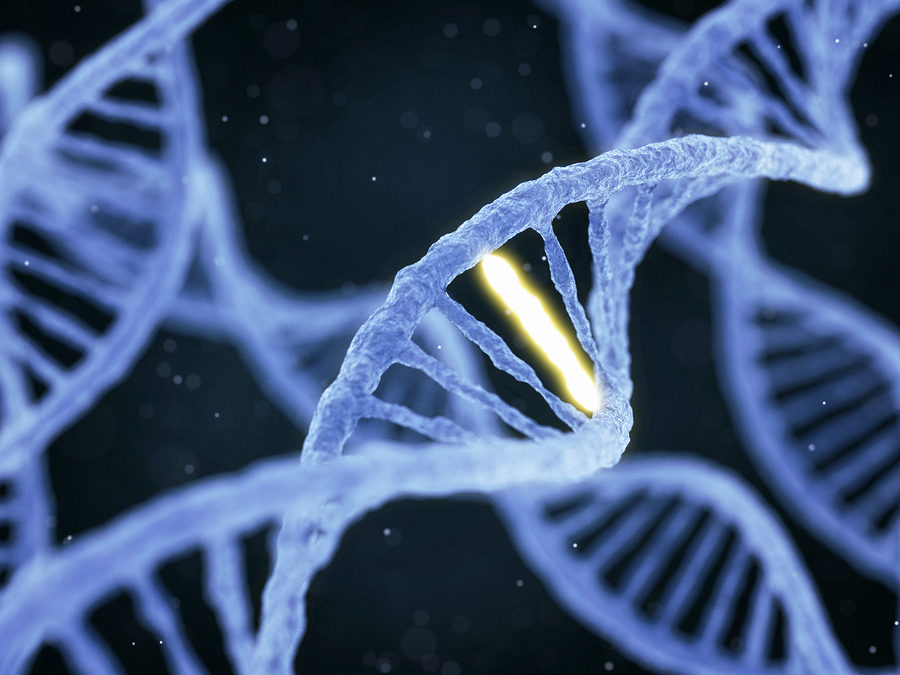The decision to start a family or have another child is exciting, but it isn’t always straightforward, especially when your child is at risk of inheriting a genetic disease. Preimplantation genetic testing, or PGT, may be an option to explore. But, the first question you may have is, what is PGT?
What Is PGT?
Preimplantation Genetic Testing (PGT) for single-gene disorders is used to screen embryos for specific diseases. The test is done in a lab as part of the in vitro fertilization process, an advanced fertility treatment that involves removing eggs from a woman’s ovaries and fertilizing them in a laboratory.
A typical patient who seeks PGT services is fertile but has a known genetic variation that increases the risk of a child born with a genetic condition. Patients who are already undergoing IVF for fertility problems may also choose to incorporate PGT if they are at risk of passing on a genetic disorder. Sometimes the process of fertility treatment uncovers this risk via genetic screening.
Who Might Consider PGT?
PGT is available for a growing number of serious genetic conditions for which the exact gene mutation is known.
Whitney and Brittany, for example, were concerned about passing on the gene for breast cancer to their future child. Using PGT, they were able to reduce that risk and have a healthy baby boy.
You might consider PGT if:
- You already have a child with an inherited genetic disorder
- You or a family member has been diagnosed with a hereditary genetic disorder
- You and/or your partner carries genes that put your child at risk of a disorder
Some of the most common conditions PGT is used for are those that are caused by a specific, single gene mutation, such as cystic fibrosis or sickle cell anemia.
Couples who don’t need IVF for fertility reasons may choose to undergo PGT; however, they’ll still need to go through IVF cycles because the embryos must be tested outside the uterus before they’re implanted.
How Does PGT Work?
First, the couple undergoes genetic testing and a unique test is developed based on the specific genetic condition that they carry.
IVF is the next part of the process. Ovulation is induced with medication, and, when the follicles have matured, eggs are retrieved from the ovaries. Eggs and sperm are then fertilized in a laboratory, and embryos begin to develop in the laboratory dish. When the embryo is five days old, it consists of about 100 cells. While watching the embryo under a microscope, the embryologists carefully remove five to 10 cells from the area that will eventually become the placenta. These cells are tested for the presence of the genetic disorder.
With information about each embryo’s genetic status, the couple can make an informed decision about which embryos to transfer to the uterus for potential pregnancy.
Is PGT Right for You?
If you or your partner is concerned about passing along a genetic disorder to your children, you should talk to your physician or a genetic counselor about your family health history to help determine if you’re a candidate for preimplantation genetic testing.

Lauren Arcuri is a freelance writer in northern Vermont. She writes about science, health, and medicine, including genomics, neuroscience, and rare diseases. She has written for Pacific Standard, Proto, Genome, Yoga Journal, and many other publications.
